

The Difference Between Special Education and Inclusive Education
Defining Special Education
Special education refers to a tailored educational approach designed to meet the unique needs of students with disabilities or exceptional learning challenges. The primary aim of special education is to provide these students with equitable access to a quality education that allows them to thrive academically, socially, and emotionally. To achieve this, special education employs a variety of strategies, resources, and methodologies that are individualized based on the specific requirements of each learner.

One of the foundational legal frameworks that governs special education in the United States is the Individuals with Disabilities Education Act (IDEA). This federal legislation guarantees students with disabilities the right to a free appropriate public education (FAPE), emphasizing the importance of individualized education. Under IDEA, schools are required to develop an Individualized Education Program (IEP) for each eligible student. This document outlines personalized goals, the necessary special education services, accommodations, and modifications tailored to help the student succeed.
Special education encompasses a variety of specialized services aimed at addressing diverse learning challenges. These services may include specialized instruction delivered by trained educators, who use adaptive teaching methods to cater to the specific learning styles of their students. Additionally, assessment strategies are employed to closely monitor progress and adjust educational plans as needed. The level of support can range from direct individualized instruction to collaborative models where students with disabilities learn alongside their peers in general education settings.
Overall, special education strives to foster an inclusive atmosphere where students with unique educational needs can receive the appropriate support and opportunities essential for their development and learning journey. By recognizing and addressing the specific needs of these students, special education plays a crucial role in promoting their academic and emotional well-being, paving the way for their future successes.
Understanding Inclusive Education
Inclusive education is a progressive educational philosophy centered on the principles of diversity, equity, and belonging. This approach seeks to integrate students with disabilities into general education classrooms, ensuring that all students have equal opportunities to learn and participate in the educational process. The underlying premise is that every student, regardless of their specific needs, can benefit from being part of a diverse learning environment where various perspectives enrich the educational experience.
At its core, inclusive education promotes a supportive atmosphere that values each individual’s contributions and learning needs. It involves modifying curricula, teaching methods, and classroom layouts to accommodate all students effectively. The importance of flexibility in teaching practices is paramount; educators are encouraged to employ varied strategies that cater to the diverse abilities and learning styles of their students. This can include differentiated instruction, collaborative learning, and the use of assistive technologies that enhance accessibility.

Moreover, inclusive education not only benefits students with special needs but also enhances the learning experiences of their peers. Research has shown that students without disabilities develop greater empathy, social skills, and understanding through interactions with classmates who have different abilities. This inclusive practice fosters an environment of cooperation, where all students learn the importance of respect and acceptance, thus preparing them for a diverse society beyond the classroom.
In addition to social benefits, inclusive education often leads to improved academic outcomes for all students. Collaborative learning experiences that arise from diverse group interactions can spark creativity and critical thinking, allowing students to thrive in a rich, supportive educational environment. Thus, inclusive education emerges as a robust approach that not only addresses the unique needs of students with disabilities but also enriches the educational journeys of every learner in the classroom.
Key Differences Between Special Education and Inclusive Education
Understanding the distinctions between special education and inclusive education is crucial for educators, parents, and policymakers. Special education typically refers to a range of services specifically designed for students with disabilities or special needs. These services are often delivered in a separate setting, allowing for tailored instruction that directly addresses the unique challenges faced by these individuals. This separation may take place in specialized classrooms or schools that focus on particular types of disabilities, providing an environment where individualized support can be effectively administered.
In contrast, inclusive education aims to integrate all learners, regardless of their abilities, within the general education environment. This educational model emphasizes modifying the existing curriculum and teaching practices to meet the diverse needs of all students. Adaptations may include differentiated instruction, the use of assistive technologies, and collaborative teaching strategies that foster participation and engagement among all learners. The inclusive approach not only supports students with special needs but also benefits students without disabilities, promoting acceptance and understanding among peers.
The implications of these approaches extend beyond the classroom setting. Special education often requires specialized teacher training focused solely on specific disabilities, thereby creating educators who are experts in particular areas. Conversely, inclusive education demands a broader skill set, prompting educators to cultivate flexibility and adaptability in addressing diverse learning needs. This can create a dynamic classroom environment where collaboration, peer support, and mutual respect are emphasized. Ultimately, the shift from a segregated approach to an inclusive framework aims to improve overall student outcomes by fostering an environment of equity and accessibility while fulfilling the educational rights of all learners.
The Importance of Collaboration and Support
The educational landscape has shifted significantly towards fostering inclusive environments where every child can thrive. One of the cornerstones of both special education and inclusive education is the importance of collaboration among educators, specialists, families, and the broader community. This collaborative approach is vital in addressing the diverse needs of students, ensuring that they receive appropriate support tailored to their individual requirements.
Effective collaboration can take many forms, including co-teaching models, where general and special education teachers work together in the classroom. By sharing insights and resources, educators can create a more inclusive atmosphere that benefits all students, not just those with disabilities. Similarly, involving families in the educational process empowers them to advocate for their children’s needs and fosters a sense of community ownership in the educational journey.
An essential aspect of this collaborative framework is the availability of professional development opportunities for teachers. Continuous training equips educators with the latest strategies and tools necessary to support students with varying abilities effectively. Furthermore, accessibility to resources such as workshops, online courses, and peer support networks can help cultivate a shared understanding among staff regarding best practices in inclusive education and special education.
Support mechanisms for parents also play a critical role. Programs that offer guidance, resources, and training help families navigate the complexities of special and inclusive education systems. Through workshops, seminars, and support groups, parents can gain insight into how to assist their children at home and collaborate more effectively with teachers.
In conclusion, a collaborative approach not only enhances educational outcomes for students with disabilities but also enriches the learning experience for all students, creating a robust and supportive educational ecosystem. By investing in meaningful partnerships and resources, schools can establish inclusive cultures that genuinely reflect the needs and potential of every learner.
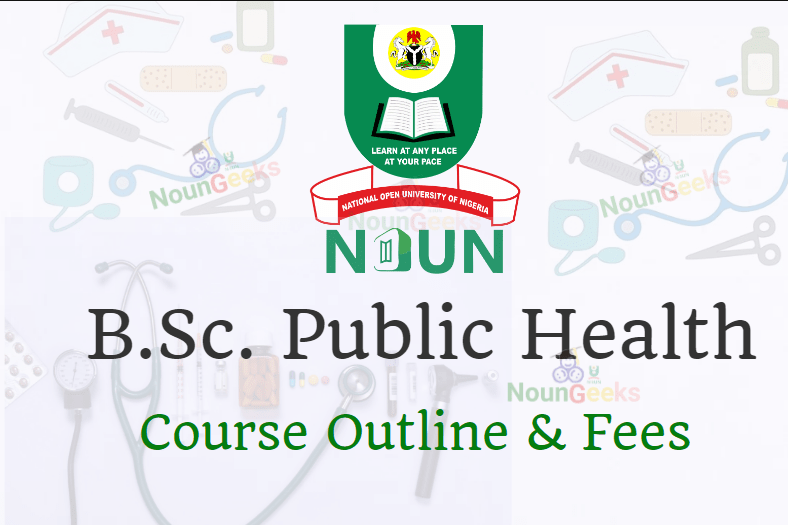

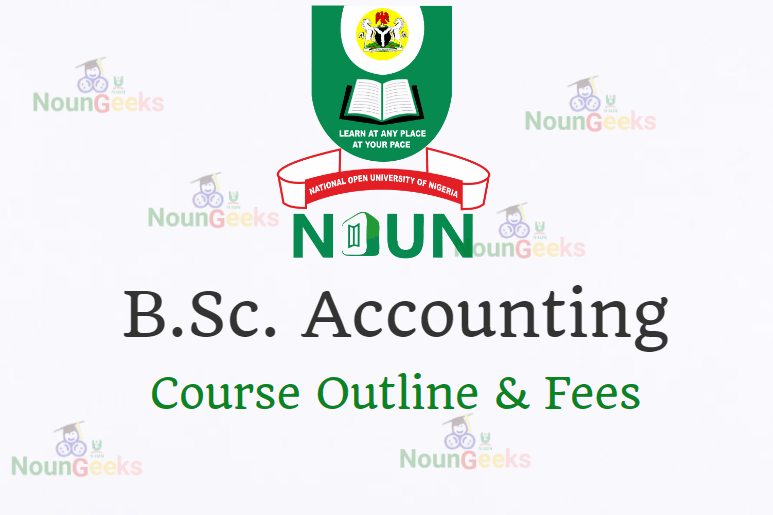

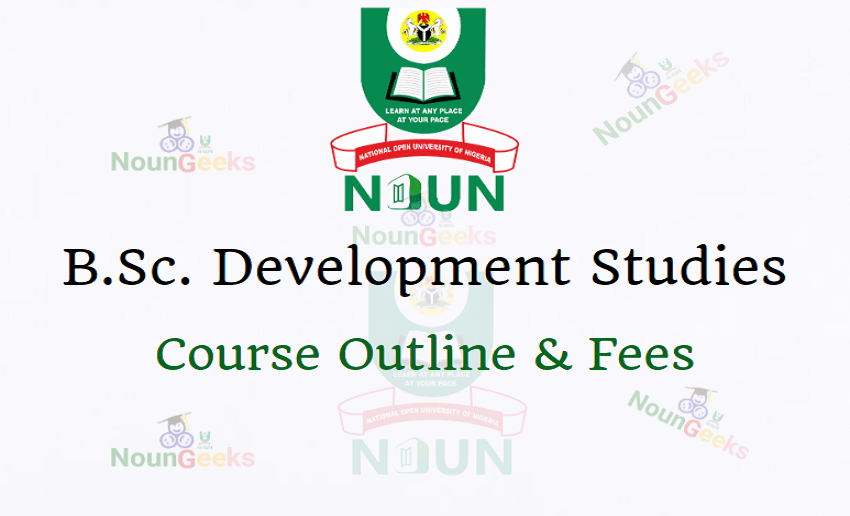











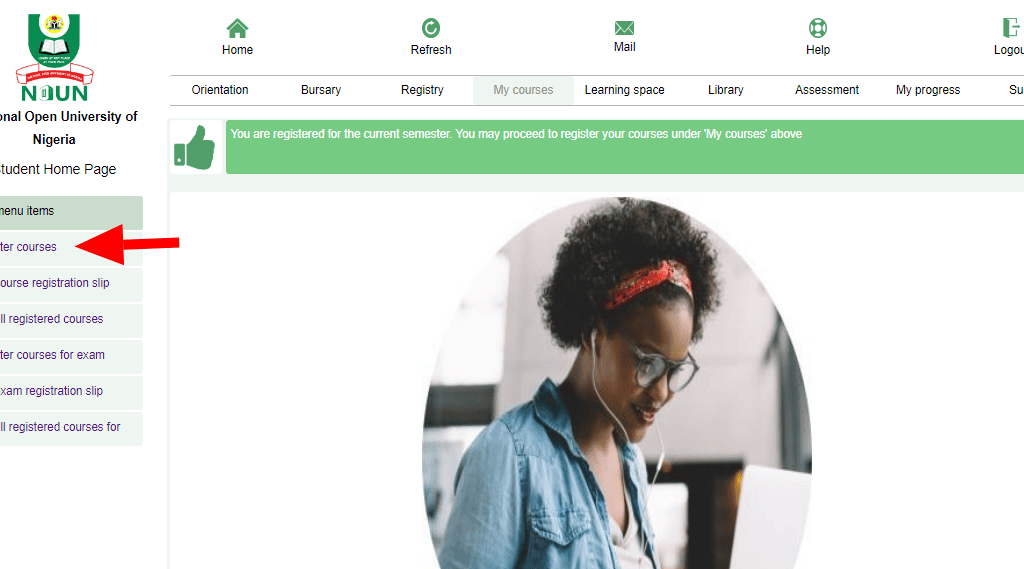




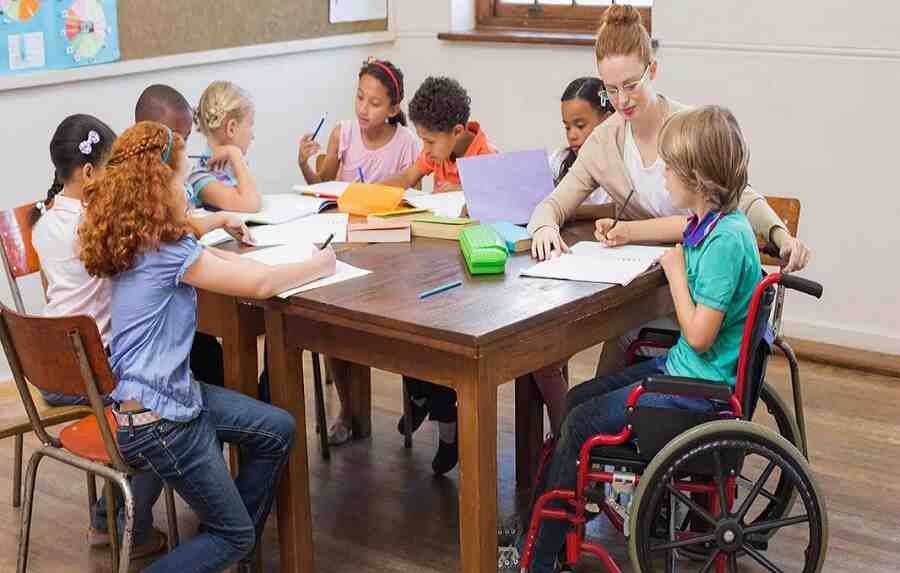

Post Comment